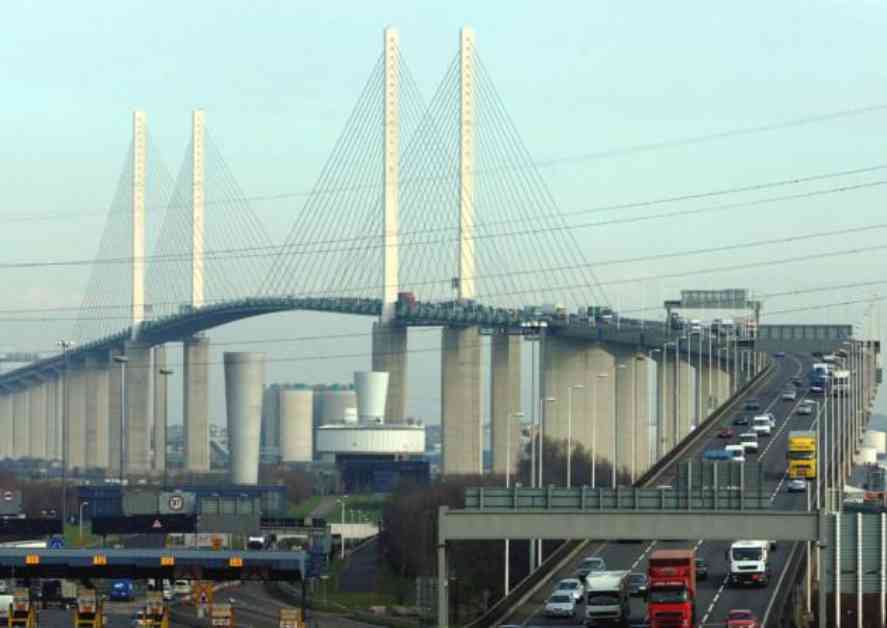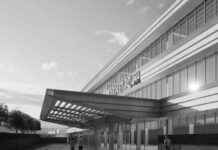Traffic Chaos: Dartford Crossing Crash Causes Delays and Lane Closures
A major accident at the Dartford Crossing has led to significant traffic delays and lane closures, causing chaos for commuters and travelers alike. The incident, which occurred during rush hour this morning, has left many motorists stranded and frustrated as they navigate through the congested roads.
The collision, involving multiple vehicles, took place on the busy bridge connecting Kent and Essex. Emergency services were quick to respond, but the aftermath of the crash has resulted in lane closures and long tailbacks stretching for miles. The disruption has had a ripple effect on surrounding roads, exacerbating the already heavy traffic in the area.
Witnesses Describe Scene of Chaos
Eyewitnesses at the scene described a chaotic scene, with cars bumper-to-bumper and frustrated drivers honking their horns in frustration. One witness, Sarah Thompson, recounted her experience of being stuck in traffic for over two hours, missing an important meeting as a result.
“It was absolute mayhem,” Thompson said. “Cars were at a standstill, and no one seemed to know what was going on. I could see emergency vehicles trying to make their way through the gridlocked traffic, but it was like a sea of vehicles with no way out.”
The eyewitnesses’ accounts painted a vivid picture of the chaos and confusion that ensued following the crash, highlighting the frustration and inconvenience faced by those caught up in the traffic jam.
Expert Insights on Traffic Management
Experts in traffic management weighed in on the challenges posed by accidents on major roadways and the impact on traffic flow. Mark Johnson, a transportation specialist, emphasized the importance of effective communication and coordination in managing such incidents.
“Accidents like the one at the Dartford Crossing can have far-reaching consequences, not just for those directly involved but for all commuters in the area,” Johnson explained. “Ensuring that emergency services can respond swiftly and efficiently, while also keeping motorists informed and directing traffic appropriately, is crucial in minimizing the disruption caused by such incidents.”
Johnson’s insights shed light on the complexities of managing traffic disruptions caused by accidents, underscoring the need for a coordinated approach to mitigating the impact on commuters and travelers.
In conclusion, the crash at the Dartford Crossing has led to significant traffic delays and lane closures, causing chaos for motorists and commuters. The eyewitness accounts provide a firsthand glimpse into the chaos and frustration experienced by those caught in the traffic jam, while expert insights highlight the challenges of managing such incidents effectively. As commuters navigate the aftermath of the crash, the need for improved traffic management and communication strategies becomes increasingly apparent in ensuring the smooth flow of traffic and minimizing disruptions on major roadways.





















